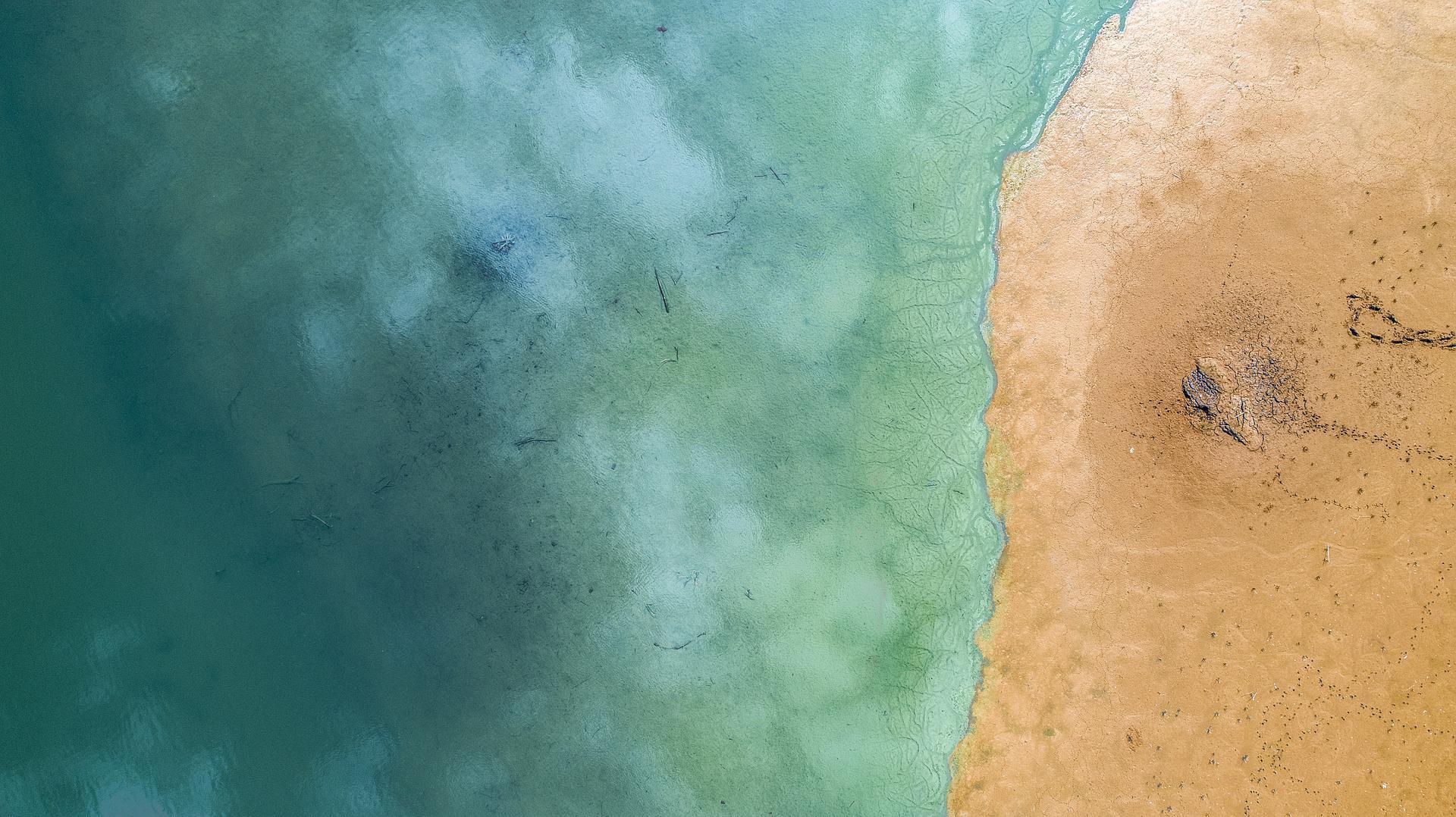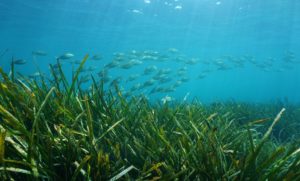
Griffith University researchers are unravelling how stressors like climate change, pollution and dissolved nitrogen and sediment from run-off are having combined effects in coastal ecosystems.
Two studies published in and reveal combining increasing ocean temperatures, pollution or dissolved nitrogen with the reduced light caused by sediment in the water can either amplify or reduce the impact of these stressors individually on seagrass or algal growth.

“Crucially, we show that the combined effects on seagrass and algal growth can vary significantly dependent on the amount of the two stressors and duration of exposure,” said , Research Fellow at the .
“With the onset of climate change, coastal and marine ecosystems are under threat on more than one front from stressors such as rising ocean temperatures, poor water quality and pollution.
“To effectively look after these coastal ecosystems, managers need a thorough understanding of the effects these human induced changes have, both individually and in combination.”
, head of the Seascape Models group at and the lamented that “to-date most attempts to discover of how such stressors interact, using data pooled from multiple studies, have failed to find consistent predictions for combined effects.”
“Few generalities for the combined effects of these stressors have been seen, with meta-studies based on multiple pasts studies on same stressors often yielding conflicting results.”
With far too many potential stressor combinations for researchers to ever to hope to measure them all, accurate models are needed that can predict how potential environmental stressors interact.
Dr Turschwell and his team built a model to predict how temperature and light interact to affect seagrass photosynthesis and growth, which also included an animal that consumed the seagrass.

“Using the model, we assessed the combined effect of both the temperature and the light in the water, altering the amount of both and how long they were exposed for,” Dr Turschwell said.
“Surprisingly, our model revealed how combining the same two stressors could amplify or mitigate their individual consequences for seagrass growth.
“The combined impact on seagrass relied heavily on the changing amounts of the stressors. For example, when higher levels of light loss were combined with temperature the interactive impact became stronger.
“When organisms that eat seagrass were added to the model to better simulate real life systems the combined effect temperature and loss of light on seagrass growth changed yet again.”
To determine if these models are a true indication of what happens when water quality stressors are combined, PhD candidate Olivia King conducted experimental studies on the interactive effects of three common stressors; a herbicide (diuron), dissolved inorganic nitrogen and reduced light (due to sediment).
Pollution in coastal water, such as herbicides in runoff from agriculture and sediment from erosion can affect the growth of important algae species.
“Our results confirmed the complexity of multiple interacting stressors on these coastal ecosystems,” Ms King said.
Similar to finds using the model, Ms King’s study of multiple stressors like diuron and reduced light could either amplify or reduce their individual effects, depending on the changing amounts of these pollutants, how long they’re exposed or the biological response being looked at.
“This research clearly shows why it has been so difficult in the past to get a clear picture of how more than one stressor interact, because their combined effect can vary with factors like duration and the amount used.”
“To develop consistent patterns of these interactions we need to learn how stressors change with context and develop experiments accordingly that run over extended time scales, with treatments across gradients of stressor levels.”

There is an urgent need to better understand the combined impact of the multiple simultaneous stressors affecting the marine environment, in order to provide useful predictions on the highest priority stressors for managers of marine ecosystems to tackle.
“Water quality on the great barrier reef, for example, is managed using guidelines that currently only consider one pollutant at a time,” Associate Professor Brown said.
“Our work shows the need, and process for, updating water quality guidelines for the Great Barrier Reef and other important ecosystems, to account for the amplifying effects of multiple pollutants.
“Similarly, the combined effects of pollutants and increasing warming is a clear indication that water quality guidelines need to consider how increasing levels of climate change will interact with pollution.”
The authors suggest that bringing together experimental studies with models is the best way to gain a clear picture of how multi-stressors combine to impact coastal ecosystems.








